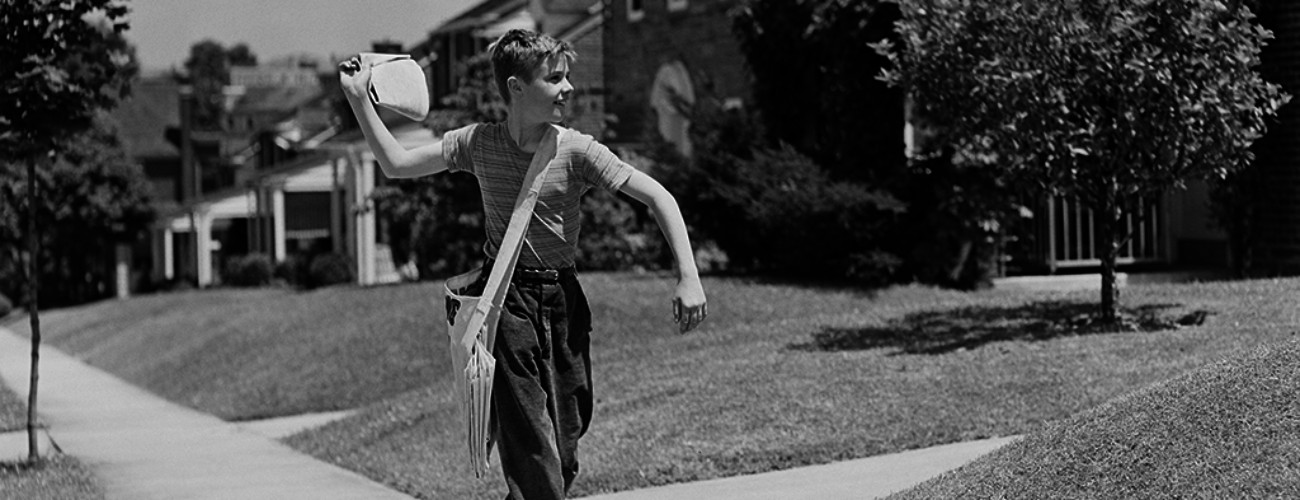Sign up for The Media Today, CJR’s daily newsletter.
Margaret Sullivan worries that President Trump’s constant press attacks have a price. “They hurt America’s ability to stand for democratic freedoms around the world,” she writes this week in The Washington Post. While Trump draws attention for his threats to outlets like NBC or The New York Times, a series of recent reports show that the real danger to journalists comes from governments that allow a culture of impunity to exist.
Daphne Caruana Galizia, the 53-year-old journalist who led the Panama Papers investigation into corruption in Malta, was killed yesterday by a car bomb minutes after she posted her final blog post. Galizia’s writing on her blog often drew more readers than the combined circulation of the country’s newspapers, reports The Guardian’s Juliette Garside, and her posts often targeted officials in the highest positions of power in her country. “My mother was assassinated because she stood between the rule of law and those who sought to violate it, like many strong journalists,” Galizia’s son wrote in a Facebook post.
ICYMI: “She identified herself as a reporter. He then walked behind her and punched her”
In Turkey, where President Recep Tayyip Erdogan has overseen a crackdown against press freedoms in the wake of a failed coup attempt last year, Wall Street Journal reporter Ayla Albayrak was convicted in absentia last week on terrorism charges, and was sentenced to more than two years in prison. Albayrak, who was in New York at the time of the trial, said that her case showed “that the international media is not immune to the ongoing press crackdown in Turkey.”
Closer to home, the threats to journalists have not resulted in death or long prison sentences, but arrests and physical attacks are disturbingly prevalent. In a piece for CJR, Peter Sterne and Jonathan Peters write that the most dangerous place to practice journalism in America is at a protest. Sterne, the managing editor of the U.S. Press Freedom Tracker, and Peters, CJR’s press freedom correspondent, report that 15 of the 21 physical attacks on journalists this year were at protests or rallies. The authors attribute at least some of the responsibility for a concerning climate to Donald Trump’s aggressive anti-press rhetoric, writing, “with his near-daily denouncements of the press, the president has helped normalize abuses against journalists by ordinary people.”
ICYMI: The story behind “one of the best reported pieces of the year”
Below, more on the threats to journalists and press freedom in the US and overseas.
- “A political force of nature”: Late last year, Politico called Galizia “a one-woman Wikileaks” in praising her dogged pursuit of corruption in Malta.
- WSJ response: Wall Street Journal Editor in Chief Gerard Baker condemned Albayrak’s sentence, saying in a statement: “This was an unfounded criminal charge and wildly inappropriate conviction that wrongly singled out a balanced Wall Street Journal”
- The situation at home: The U.S. Press Freedom Tracker has documented 31 arrests and 29 physical attacks of journalists in America this year.
Other notable stories
- Trump surprised White House reporters with an unplanned press conference yesterday in which “he mixed facts and mirage, praise and perfidy in two head-spinning, sometimes contradictory performances” according to Politico’s Josh Dawsey.
- CBS News’s Nancy Cordes writes on the fallout from a joint 60 Minutes/Washington Post investigation of a 2016 law that made the opioid epidemic worse.
- Smart piece by CNN’s Oliver Darcy on Trump’s mysterious absence from conservative talk radio.
- The New Yorker’s Jane Mayer goes deep on “the danger of President Pence.”
- News from the home front: We’re thrilled to welcome Mathew Ingram, most recently of Fortune, as CJR’s chief writer covering digital media.
- And in a preview of what’s to come, Ingram has a piece in CJR’s print issue on the 140-character president, and the “legal, ethical, and cultural issues” raised by Trump’s use of Twitter.
Has America ever needed a media defender more than now? Help us by joining CJR today.



